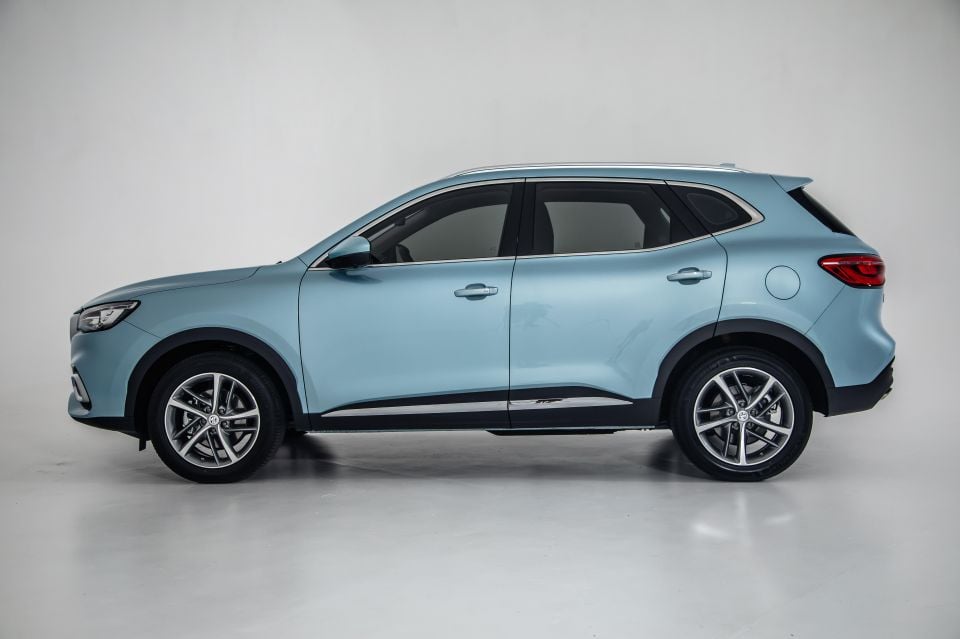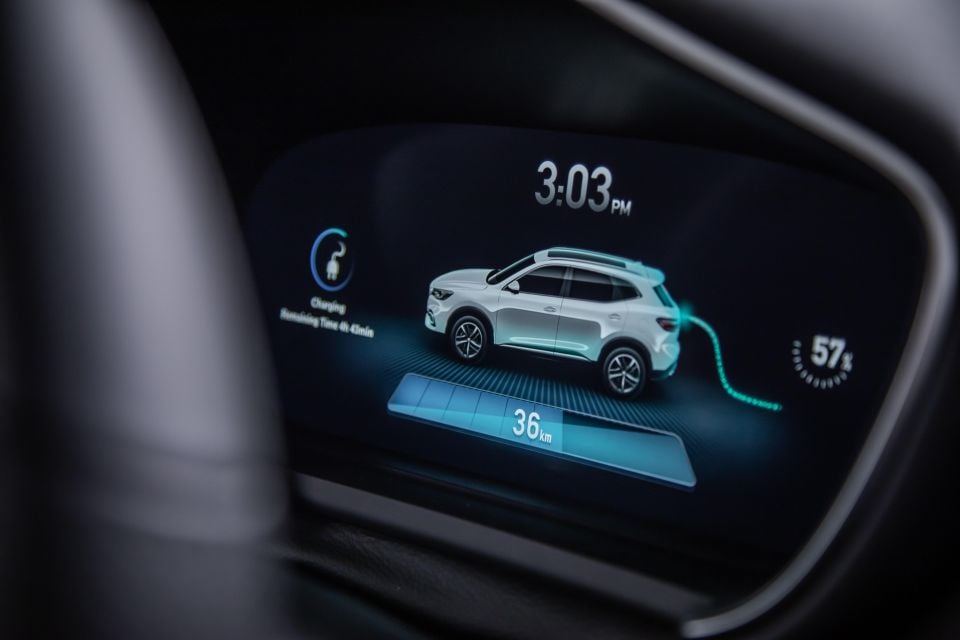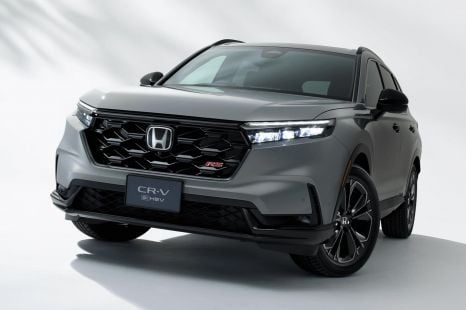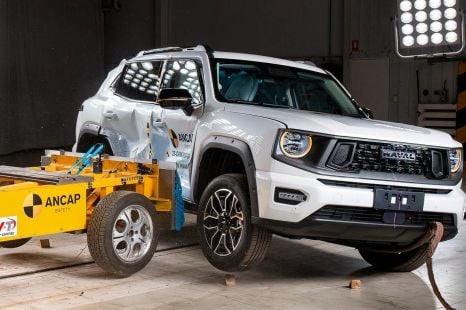

Josh Nevett
CarExpert's top five large SUV reviews of 2025
1 Day Ago

Senior Contributor
MG Motor Australia sees significant opportunity for growth from its HS plug-in hybrid (PHEV) medium SUV, with ambitions over the next few years to take it from bit-part player to something more akin to mainstream.
This is the view of MG Australia’s product director and general manager of the EV division, Danny Lenartic, who says one key to driving further PHEV uptake is simply getting more bums on seats for a go behind the wheel.
While much of the market’s attention has been on MG’s smaller ZS electric car, which now sits second on the Australian EV sales charts behind the Tesla Model 3, the MG HS PHEV has been quietly growing its owner base.

We got our hands on some market data that shows the HS PHEV is the number-two plug-in hybrid model on sale, behind the far better-known (and soon to be replaced by a much improved new-generation) Mitsubishi Outlander PHEV, and ahead of the Volvo XC60.
That said, with 335 sales year-to-date (out of 2360 total PHEV sales across all brands), the plug-in only represents 7.3 per cent of total MG HS sales, the rest coming from the two petrol options.
“We hear this from the dealer network, as soon as they test drive a plug-in hybrid they [people] fall in love with it because there’s no range anxiety… they love the performance and the electrification,” Mr Lenartic said.
“They can go on pure EV to do the school drop-offs. Then, you know, if you’re in Sydney going to the Hunter Valley, you’re on petrol… So it ticks so many boxes that I just can’t see it not becoming a mainstream product.”

What does mainstream mean in this context, we asked? Is it specific to a certain sales percentage or something else?
“It would just form part of the natural model mix. Right now I believe plug-in hybrid EV sits elsewhere because it’s a large unknown, but what I do believe over time, very quickly actually, is the plug-in hybrid and the EV will just become part of the traditional model mix.
“That’s what I mean by mainstream,” Mr Lenartic replied.
The $47,990 drive-away HS PHEV sits at the very top of the company’s Australian range, and is sold in Essence spec grade only. Without saying as much, our read on things is that you will see PHEV versions of less content-rich HS spec grades such as the HS Core, Vibe and Excite in time.
MORE: 2021 MG HS Plug-In Hybrid review

The current HS PHEV Essence wears a $5000 premium over the 2.0-litre turbocharged and AWD HS Essence X petrol range-topper.
But the PHEV also offers more power and torque from its engine and drive motor (189kW and 370Nm total), a quick 6.9-second 0-100km/h time, and a claimed 63km (on the lenient NEDC cycle) electric driving range thanks to its 16.6kWh energy-content battery.
This lattermost point is the single key differentiator over a conventional hybrid like Toyota’s incredibly popular RAV4. Want to know more about how hybrids and PHEVs differ? Read: Hybrid technology explained.
MG Motor isn’t the only brand set to expand its PHEV customer base.

Mitsubishi just launched its second PHEV, the Eclipse Cross, and is about to launch a second-generation Outlander plug-in. As you can read in more depth here, the Japanese company sees PHEVs as a crucial gateway to the wider take-up of full EVs in the Australian market.
Other newly launched or imminent PHEV SUVs include the Kia Sorento, Volkswagen Touareg, Jeep Grand Cherokee, Peugeot 3008, Cupra Formentor, BMW X3, Ford Escape and Lexus NX. Even the next Ford Ranger and Everest will go PHEV.
MORE: MG brings electric, PHEV warranties in line with petrol models MORE: Australia’s top-selling plug-in hybrids – sales up but EVs more popular MORE: MG ZS EV extends lead over cheapest electric car rivals
Where expert car reviews meet expert car buying – CarExpert gives you trusted advice, personalised service and real savings on your next new car.


Josh Nevett
1 Day Ago


Josh Nevett
3 Days Ago


James Wong
5 Days Ago


Derek Fung
5 Days Ago


CarExpert.com.au
8 Days Ago


James Wong
8 Days Ago